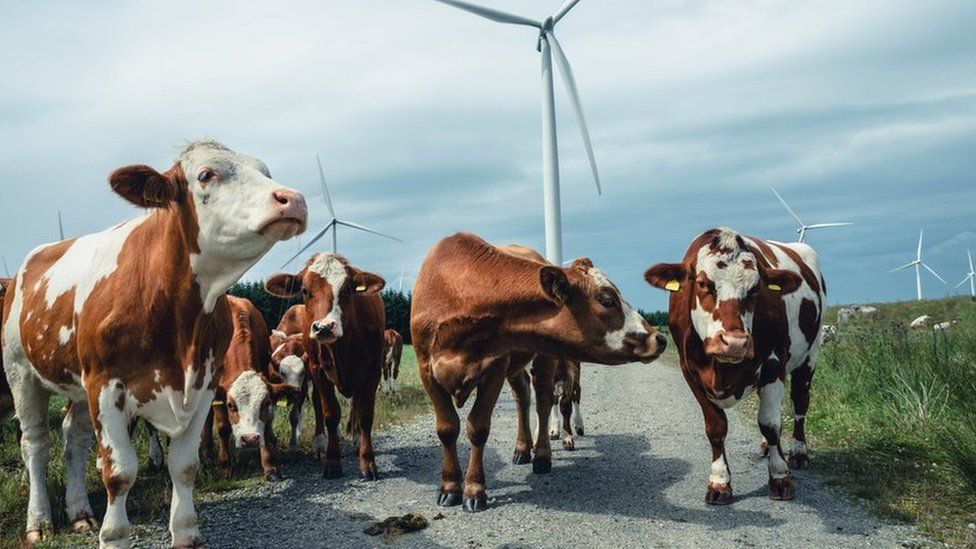-

-
-
Loading

Loading

World leaders are currently gathered in Dubai for the COP28 climate summit, which aims to make progress on climate action towards achieving "net zero." Net zero refers to not adding any more greenhouse gases to the atmosphere. Greenhouse gases, such as carbon dioxide (CO2) and methane, contribute to global warming by trapping excess heat in the Earth's atmosphere. The burning of fossil fuels releases CO2, while methane is produced through activities like farming and landfill. Deforestation has caused a reduction in the number of trees available to absorb CO2. Under the 2015 Paris climate agreement, 197 countries, including the UK, agreed to limit global temperature increases to 1.5 degrees Celsius by 2100. To achieve this, countries must reach net zero CO2 emissions by 2050. However, the United Nations is urging countries to bring forward their net zero targets by a decade to prevent a worsening climate crisis. Not all emissions can be eliminated, so countries must actively remove greenhouse gases from the atmosphere through methods like offsetting. Natural offsets include planting trees and restoring peatlands, while industrial methods involve carbon capture and storage. However, these technologies are still developing and costly. Offset measures can only neutralize a small portion of current emissions, making drastic reductions in fossil fuel usage necessary to meet the net zero goal. The UK government has made ambitious pledges to achieve its 2050 target, including plans to transition to electric vehicles and decarbonize the power sector. However, these figures only reflect emissions within the UK and do not account for imported goods or overseas manufacturing. Concerns have been raised about the UK's ability to meet future targets, with warnings from the Climate Change Committee about slow progress and changes to net zero policies that make it harder to achieve. Around 140 countries have pledged to reach net zero, covering 90% of global emissions. China, the largest CO2 emitter, aims for carbon neutrality by 2060 and has been expanding its renewable energy sector. The US, historically the biggest carbon emitter, plans to reach net zero by 2050 and has implemented green investment packages. The EU and India also have 2050 net zero targets, while Russia aims for 2060. However, some countries have faced criticism for potential loopholes in achieving net zero, such as offshoring emissions or relying on offset schemes. While government leadership is crucial, individuals also have a role to play in achieving net zero. This can involve adopting sustainable practices in daily life, such as reducing energy consumption and supporting renewable energy sources.